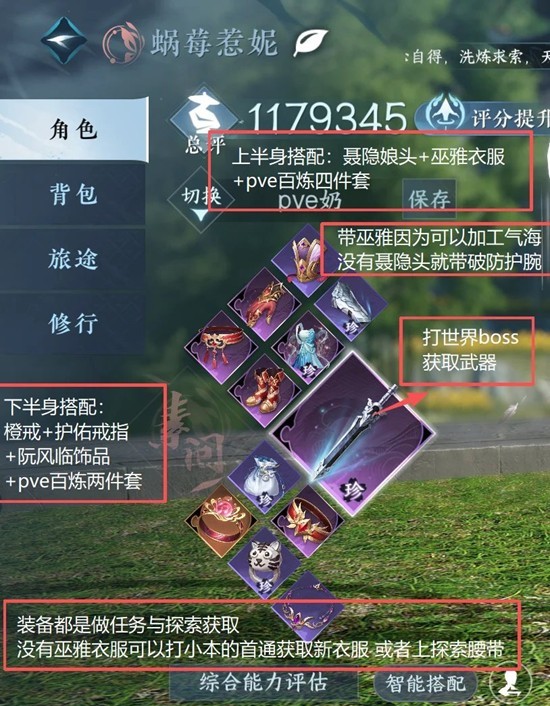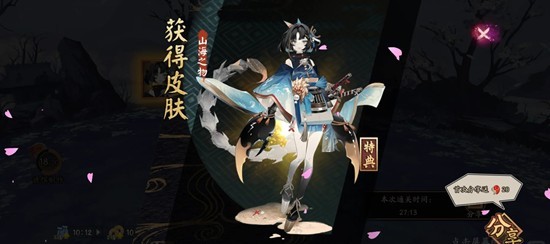Android 开发TCP、UdP客户端
时间:2011-01-24 来源:fly_binbin
代码一:
private void tcpdata() {
try {
Socket s = new Socket("192.168.0.25", 65500);
// outgoing stream redirect to socket
OutputStream out = s.getOutputStream();
// 注意第二个参数据为true将会自动flush,否则需要需要手动操作out.flush()
PrintWriter output = new PrintWriter(out, true);
output.println("Hello IdeasAndroid! 伪IP为:"
+ SIMCardToIP("13512345006"));
InputStream inputStream = s.getInputStream();
DataInputStream input = new DataInputStream(inputStream);
byte[] b = new byte[10000];
int length = input.read(b);
inputReader = new InputStreamReader(inputStream);
String Msg = new String(b, 0, length, "gb2312");
Toast.makeText(TcpTest.this, Msg, 1000).show();
Log.d("Tcp Demo", "message From Server:" + Msg);
s.close();
} catch (UnknownHostException e) {
e.printStackTrace();
} catch (IOException e) {
e.printStackTrace();
}
}
下面的代码是UDP通讯的过程: public String send(String msg) { StringBuilder sb = new StringBuilder(); InetAddress local = null; try { local = InetAddress.getByName("192.168.0.25"); // 本机测试 } catch (UnknownHostException e) { e.printStackTrace(); } try { dSocket = new DatagramSocket(); // 注意此处要先在配置文件里设置权限,否则会抛权限不足的异常 } catch (SocketException e) { e.printStackTrace(); } int msg_len = msg == null ? 0 : msg.length(); DatagramPacket dPacket = new DatagramPacket(msg.getBytes(), msg_len, local, SERVER_PORT); try { dSocket.send(dPacket); } catch (IOException e) { e.printStackTrace(); } try { dSocket.receive(dPacket); sb.append(new String(dPacket.getData())); } catch (IOException e) { // TODO Auto-generated catch block e.printStackTrace(); } dSocket.close(); return sb.toString(); }










